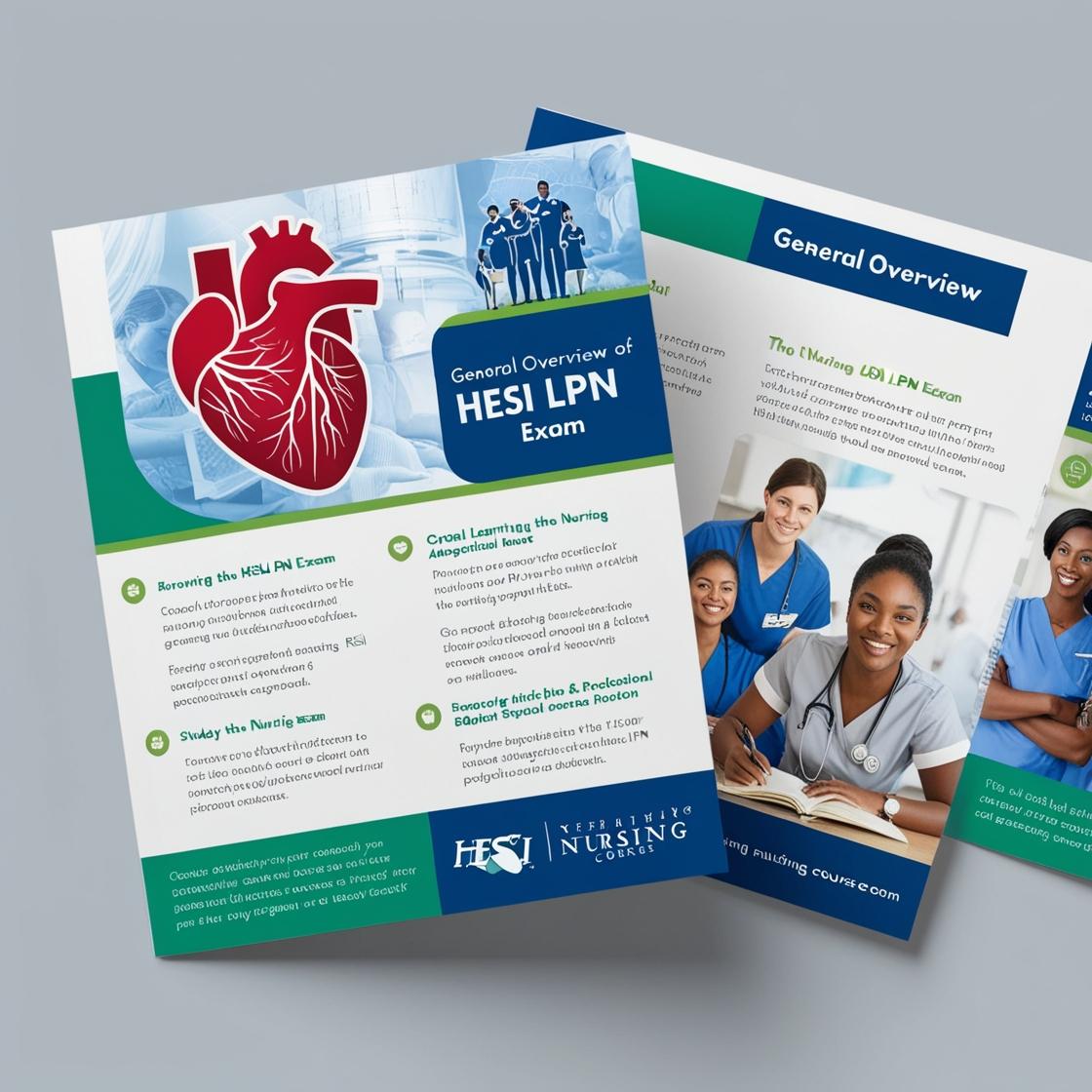HESI LPN
HESI CAT Exam Quizlet
1. After completion of mandatory counseling, the impaired nurse has asked nursing administration to allow return to work. When the nurse administrator approaches the charge nurse with the impaired nurse’s request, what action is best for the charge nurse to take?
- A. Ask to meet with the impaired nurse’s therapist before allowing the nurse back on the unit
- B. Meet with staff to assess their feelings about the impaired nurse’s return to the unit
- C. Since treatment is completed, assign the nurse to routine RN responsibilities
- D. Allow the impaired nurse to return to work and monitor medication administration
Correct answer: D
Rationale: Allowing the impaired nurse to return to work with monitoring is the best course of action in this scenario. By monitoring the impaired nurse's medication administration, the charge nurse can ensure safe practice while supporting the nurse's reintegration into the work environment. Meeting with the therapist (Choice A) is not within the charge nurse's scope of responsibility and may violate the impaired nurse's privacy. Assessing staff feelings (Choice B) is important but should be done by leadership, not the charge nurse. Simply assigning routine duties (Choice C) may not address the need for monitoring and support required in this situation.
2. The nurse is conducting intake interviews of children at a city clinic. Which child is most susceptible to contracting lead poisoning?
- A. An adolescent who works part-time in a paint factory
- B. A 2-year-old who plays on aging outdoor playground equipment
- C. A 10-year-old who has Type 1 diabetes mellitus
- D. An 8-year-old who lives in a housing project
Correct answer: B
Rationale: Children playing on aging playground equipment are at higher risk of lead poisoning due to potential exposure from old paint. This is because deteriorating paint on older playground equipment may contain lead, which can be ingested by young children. Choices A, C, and D do not directly involve potential exposure to lead paint, making them less susceptible to lead poisoning compared to a child playing on aging playground equipment.
3. A client who sustained a pellet gun injury with a resulting comminuted skull fracture is admitted overnight for observation. Which assessment finding obtained two hours after admission necessitates immediate intervention?
- A. The client complains of a throbbing headache rated 10 (on a scale of 1 to 10)
- B. The client repeatedly falls asleep while talking with the nurse
- C. The entry site has a slow trickle of bright red blood
- D. The entry site appears reddened and edematous
Correct answer: B
Rationale: In a client with a pellet gun injury and a comminuted skull fracture, repeatedly falling asleep while talking with the nurse is a concerning sign. It can indicate increased intracranial pressure or a deteriorating condition, requiring immediate intervention. The other options, such as a throbbing headache (choice A), slow trickle of bright red blood at the entry site (choice C), or reddened and edematous entry site (choice D), while important to monitor, do not directly indicate a need for immediate intervention as much as the client falling asleep repeatedly while talking does.
4. Following rectal surgery, a female client is very anxious about the pain she may experience during defecation. The nurse should collaborate with the healthcare provider to administer which type of medication?
- A. Bulk-forming agent
- B. Antianxiety agent
- C. Stool softener
- D. Stimulant cathartic
Correct answer: C
Rationale: After rectal surgery, a stool softener is the most appropriate medication to help prevent pain and straining during defecation. Stool softeners work by increasing the water content of the stool, making it easier to pass without discomfort. Bulk-forming agents (Choice A) help add mass to the stool but may not address the immediate post-operative discomfort. Antianxiety agents (Choice B) would address the anxiety but not the physical discomfort. Stimulant cathartics (Choice D) are not recommended after rectal surgery as they can cause cramping and increased bowel movements, potentially exacerbating pain.
5. When conducting diet teaching for a client who is on a postoperative full liquid diet, which foods should the nurse encourage the client to eat?
- A. Vanilla frozen yogurt
- B. Vegetable juice
- C. Clear beef broth
- D. Canned fruit cocktail
Correct answer: A
Rationale: The correct answer should be provided as choice E: Vanilla frozen yogurt. For a postoperative full liquid diet, the nurse should encourage the client to eat foods that are fully liquid and easy to digest. Vanilla frozen yogurt is a suitable choice as it provides calories and nutrients while being in a liquid form. Creamy peanut butter, vegetable juice, and canned fruit cocktail are not appropriate for a full liquid diet as they are not fully liquid and may not be easy to digest. Creamy peanut butter is solid, vegetable juice is not fully liquid, and canned fruit cocktail contains solid pieces.
Similar Questions

Access More Features
HESI LPN Basic
$69.99/ 30 days
- 50,000 Questions with answers
- All HESI courses Coverage
- 30 days access @ $69.99
HESI LPN Premium
$149.99/ 90 days
- 50,000 Questions with answers
- All HESI courses Coverage
- 30 days access @ $149.99
